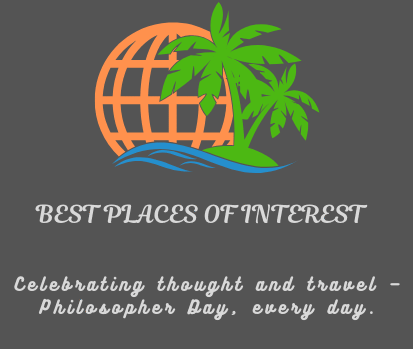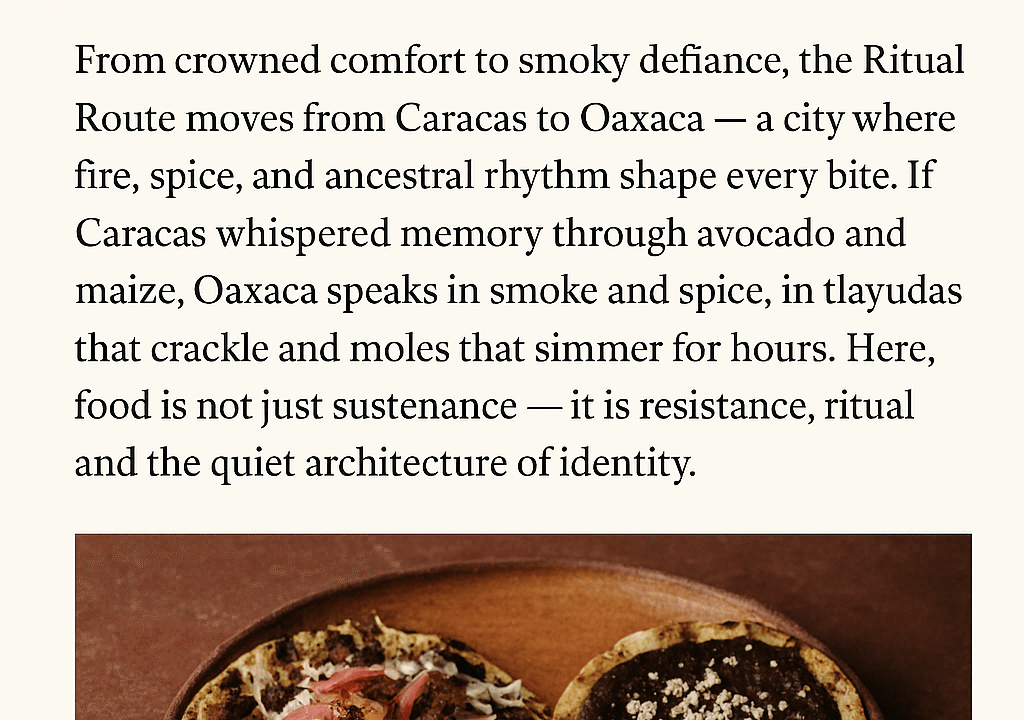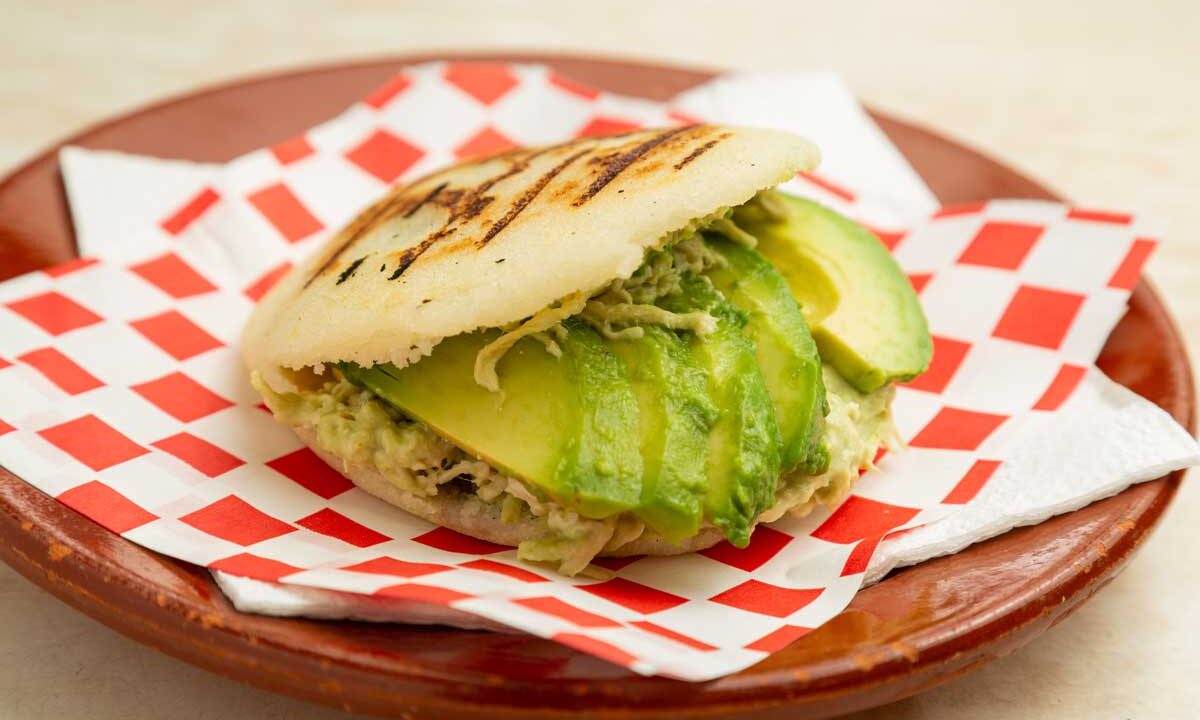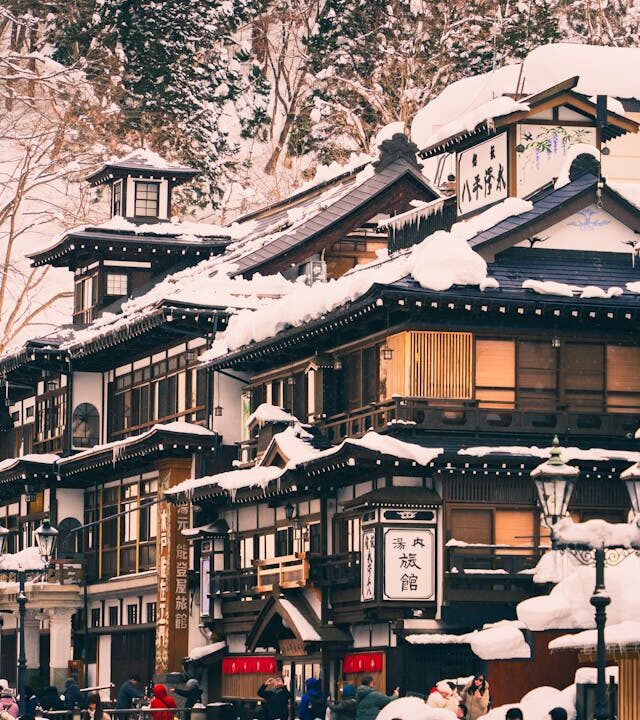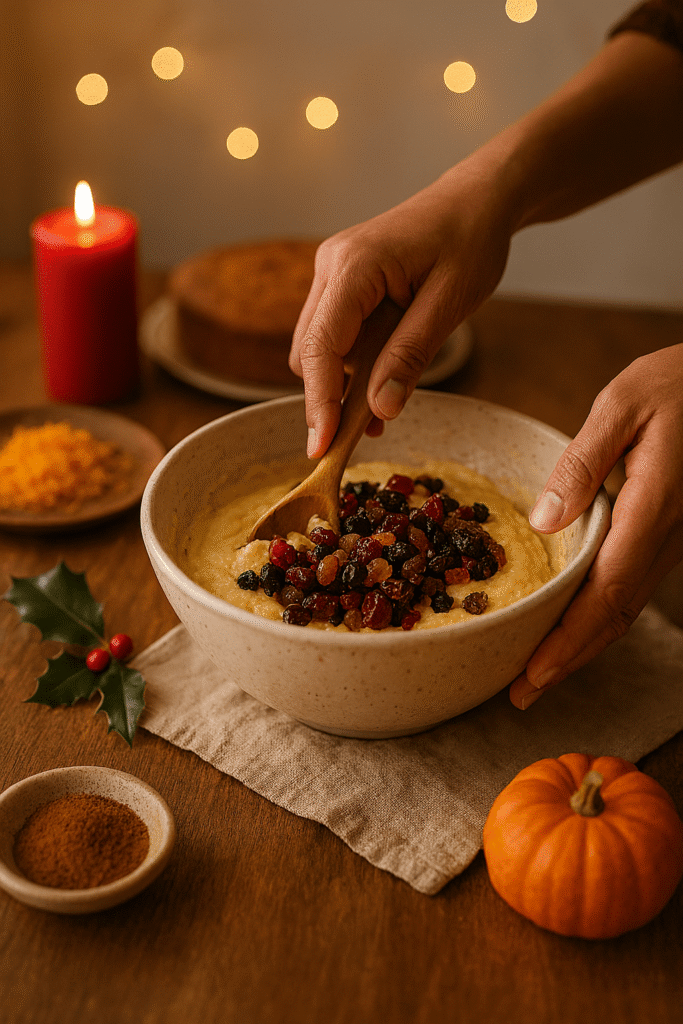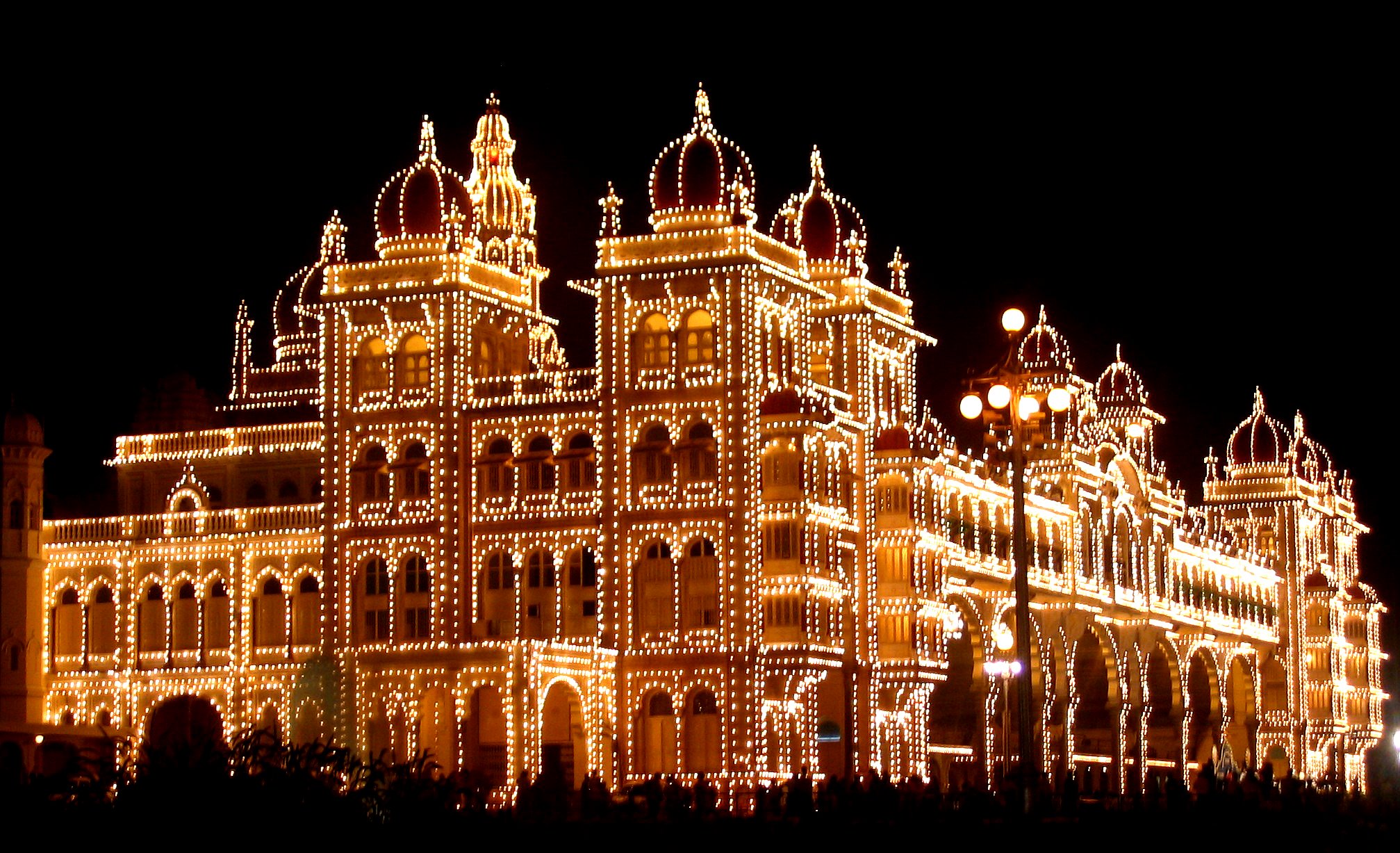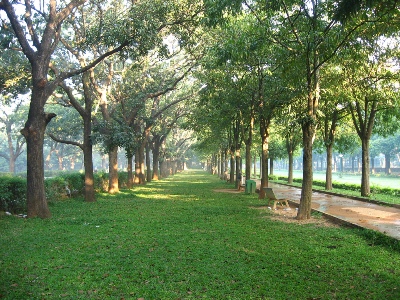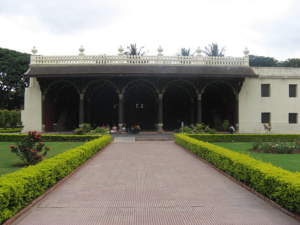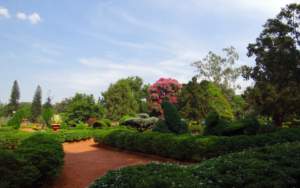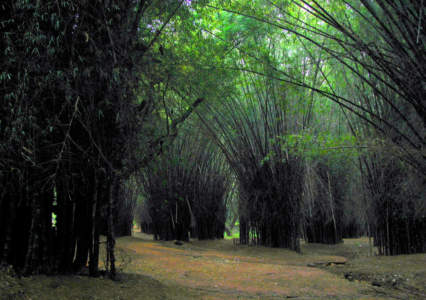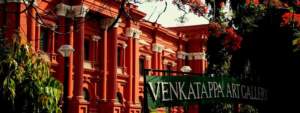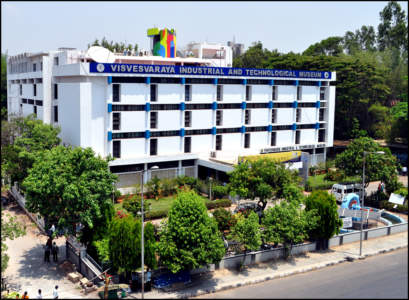Continuing from earlier post A Traveller’s Guide to Bangalore
Mysore (140 km)
City of silk and sandalwood, of fantasy gardens and fairy-tale palaces, Mysore has changed very little since its days as the princely city that several royal families made their headquarters and were proud to call home. Strangely the name ‘Mysore’ is derived from Mahishasura, a monster killed by the goddess Chamundeswari. Mysore was the ancient capital of the State, capital of the Hoysala Kings and Haider Ali, and the key city during the reign of the Guptas, the Ganges, Kadamas, Pallavas, Chalukyas, Cholas, the Vijaynagar emperors and later, the Wadiyars.
Maharaja’s Palace
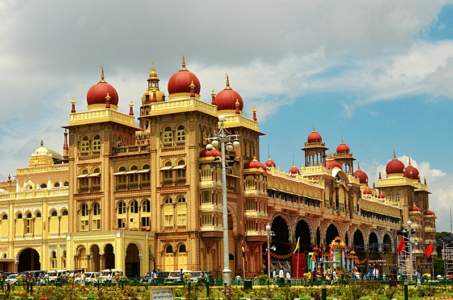
An ochre-colored extravaganza of domes, arches, turrets, colonnades and the stunningly intricate sculpture of the Hoysala school. It is a magnificent synthesis of Hindu and Muslim styles, where the royal palace designer’s imagination seems to have been spurred to soaring heights by the determination to include every opulent decorative and architectural feature he could think of.
In spite of its ancient appearance, the Palace is a surprisingly recent building having been constructed in 1911 to replace on that was partially burnt down. Illuminated by countless tiny lights on Sunday nights, the palace is an outstanding piece of architecture.
Stained glass, ornate gilt work, intricate mosaics, and carvings occur in a gorgeous profusion inside. The most spectacular single item on view is the royal, golden elephant throne. Some say it was a gift to Maharaja Chikka Devaraya from Emperor Aurangzeb, who send it through ambassadors of the Mysore monarch in 1699. The Palace legend, however, states that it was the ancient throne of the Pandus which was unearthed at Penukonda by the founders of the Vijaynagar Empire, who were told of its presence by an ascetic. The splendid throne changed locale according to the whims of the occupants and was found in the lumber room when Shrirangapatnam was taken by the British and used at the coronation of the five-year-old Wadiyar heir when the dynasty was restored in 1799. Originally the throne was made of fig wood overlaid with ivory, but the tastes of some later ruler dictated that the ivory be plated with gold and silver. The throne is delicately wrought with figures from Hindu mythology.
The palace has a Durbar Hall, a chamber for receiving nobility and granting audiences and the Kalyanamandapam, a marriage hall with its life-like representations of the Dassera procession in gaudy color. These paintings are interesting as a view of life in Mysore during the British Raj, Royal Armoury is seen everywhere and the hall containing the hunting trophies is worth a look.
St Philomena’s Cathedral
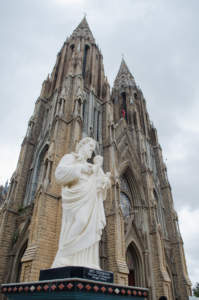
Image credit- Arshad.ka
Attractive spacious church built-in the neo-Gothic style celebrates the feast of St. Philomena every year in August when the statue of the saint is taken in procession through the city.
Government Sandalwood Factory
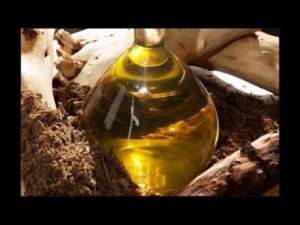
Watch the process of sandalwood oil being distilled and the amazing art of incense stick manufacture. Entirely handmade, a good worker can make over 10,000 agarbattis a day. Mysore is one of the major centers of manufacture of the incense sticks. You need prior permission to visit this place.
Government Silk Factory
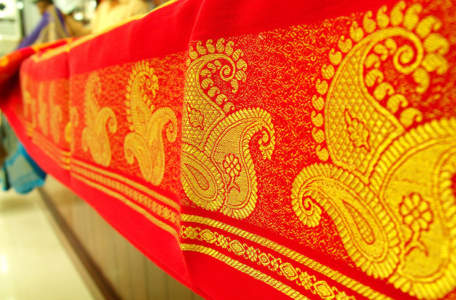
Image credit- Kiranravikumar
Mysore is one of the largest silk production centers in India, its superior quality silk being used by the master weavers of Kanchipuram and Varanasi. Mysore weavers are super craftsmen too, creating an extremely soft, sensuous type of silk. Silks are sold at the sales counter. Silk weaving can be observed at close quarters. To visit this place, you need to have prior permission.
Mysore Zoo
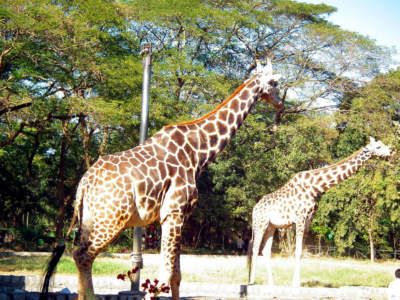
Ranks among the best in India. It is large and has a varied collection of animals and birds which include Gir lions, a family of chimpanzees, orangutans and several rare and deadly species of snakes.
Continued…
